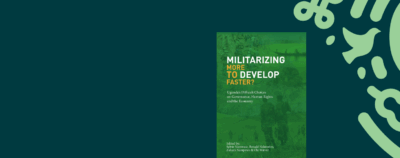This is a photograph album that I made some years ago. In the images, however, there are no people, landscapes, or summer holiday scenes. Even so, I built up a relationship with these images over a long while and with each one of them I established some kind of rapport. Just as happens in that brief ritual of thumbing through the family album, before showing the photos, I need to tell a little story.
Over the past few years I have been carrying out a study on the legitimacy of the notion of spirituality in the field of medical sciences. My current research program focuses on three dimensions: a) political, by analyzing the uses of the category of spirituality in the elaboration of public health policies in Brazil, as well as within the World Health Organization’s guidelines; b) clinical, by observing how spirituality is incorporated into health-care protocols; and c) scientific, by reflecting on situations in which spirituality becomes an object of medical-scientific research. This album belongs to the last dimension.
Medical research on possible correlations between spirituality and health has increased significantly since the 1980s. Anyone willing to read the material will find conclusions such as: if you are more spiritual you will have a reduced chance of a heart attack; more spiritual people are less predisposed to developing Alzheimer’s disease; the more spiritual you are, the greater your resilience to depressive states, et cetera. As one can presume, in order to establish such correlations, medical researchers employ instruments and methodologies capable of converting “spirituality” into scientific datum. That is to say, they must transform it into some kind of observable, recordable, and comparable indicator. It is in this sense that medical research, before simply describing correlations between spirituality and health, works to transform the abstract idea of spirituality into an object of concrete reality.
When the editors of this series invited me to answer the question “Is this all there is?” it was precisely this effort to capture the spirituality of my interlocutors that came to mind. Somehow, this prompt can also be considered a question they are concerned with and try to answer. This is the question that urges them to develop methodologies and employ new technologies to capture spirituality from a new angle. The album below brings together some of the “photographs” of spirituality that the medical sciences have produced. Each photograph of this album shows a certain version of the spirituality captured by the medical researchers. Some of the images were taken with the aid of magnetic resonance technologies, others using thermostatic cameras, some still having statistical methods as an ally, and one with the help of speech analysis software.
If the question that matters is “Is this all there is?”, the album I have collected includes pictures that show a certain this.
* * *
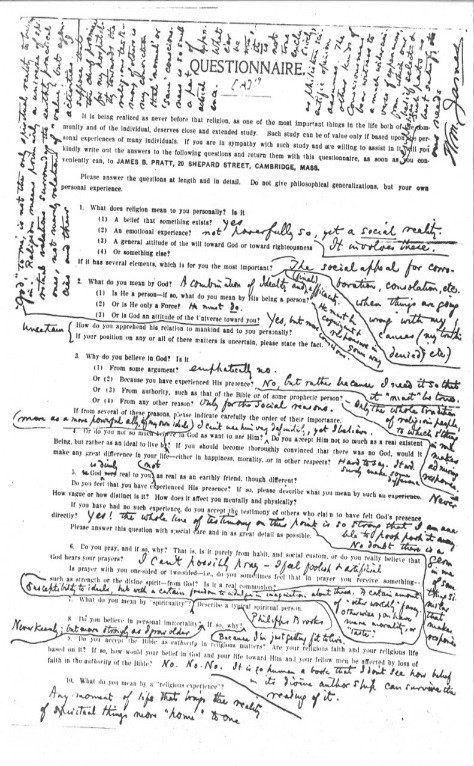
The first photograph is not exactly one of spirituality, but rather of an apparatus designed to capture spirituality—in this case, in the form of a survey. This was created with the help of an old friend of researchers on religious matters: William James.
* * *
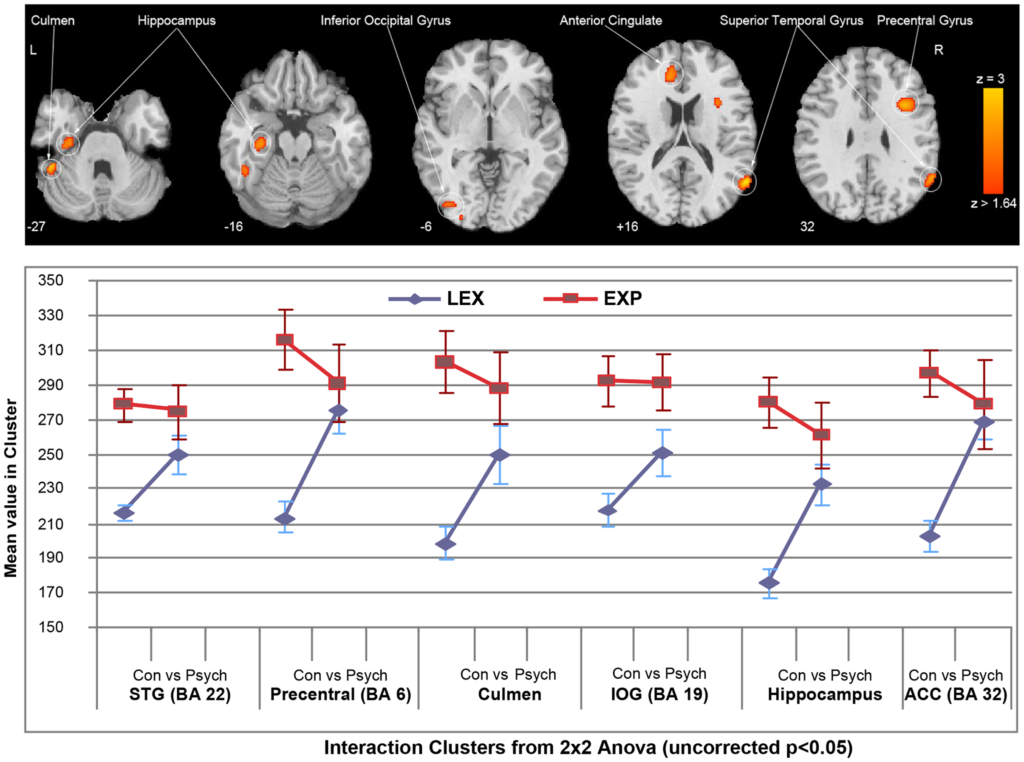
Images of the brains of mediums during psychographic activity (when a spirit writes through the medium’s hand).
* * *
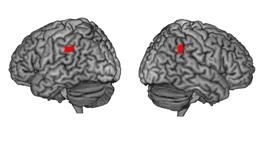
Spirituality was tracked to the the left inferior parietal lobe (left) and the right angular gyrus (right).
* * *
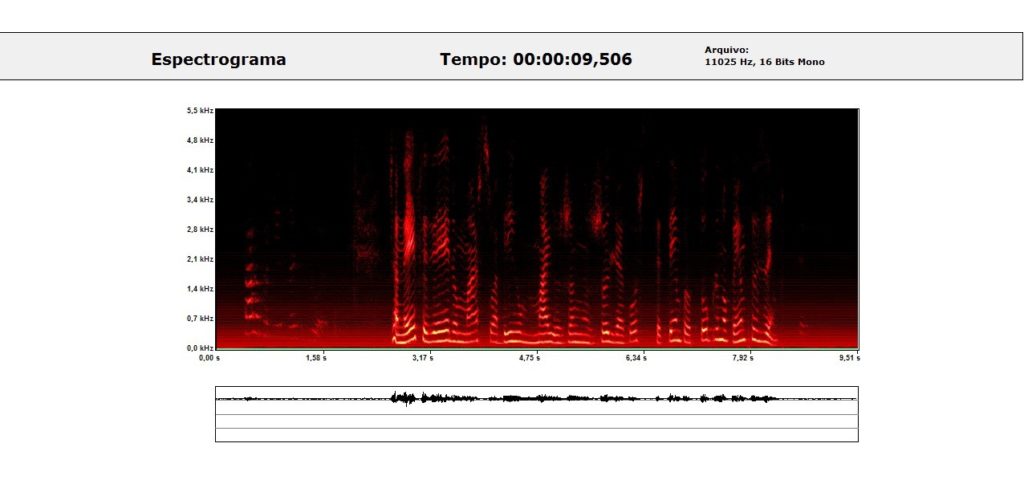
Spectrogram of the voice of a volunteer during a Catholic prayer (image provided by the author, research still in progress).
* * *
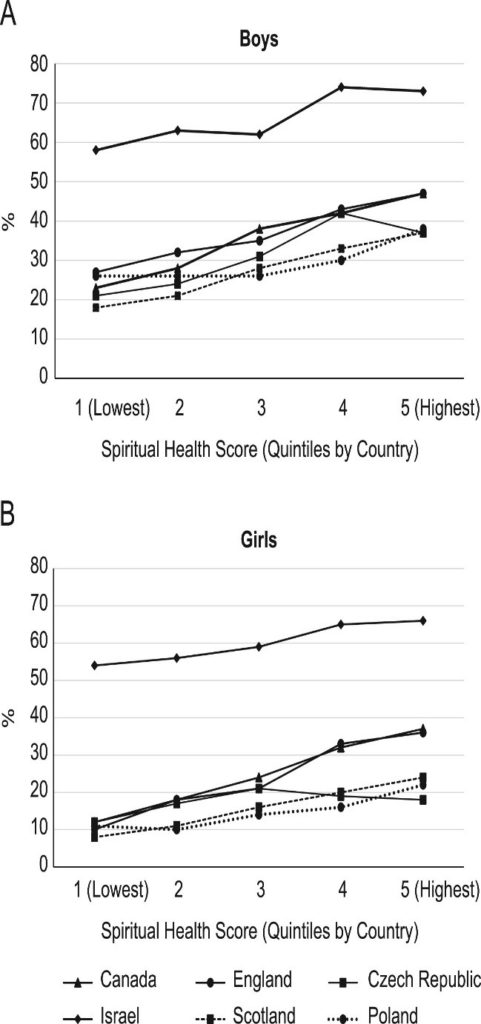
Proportion of boys (panel A) and girls (panel B) reporting excellent health status by overall spiritual health score.
* * *
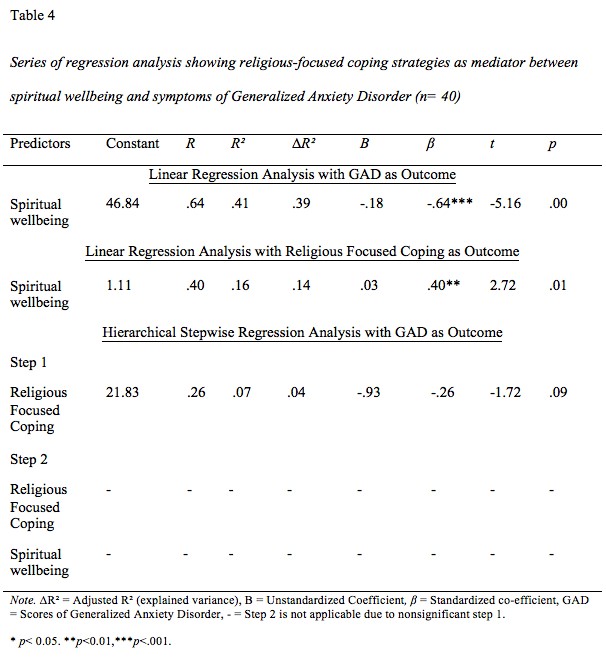
Series of regression analysis showing religious-focused coping strategies as a mediator between spiritual well-being and symptoms of generalized anxiety disorder.










